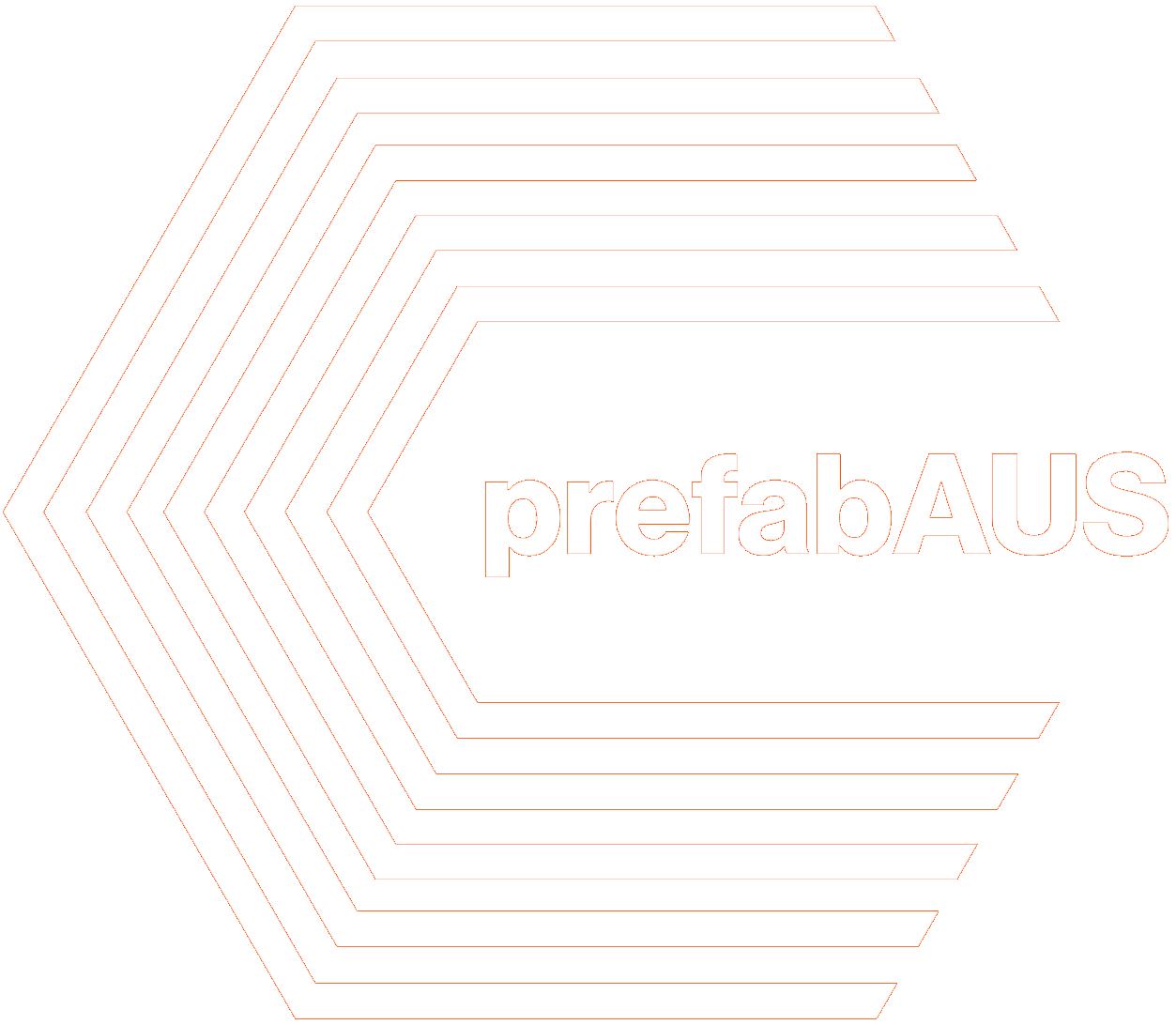Breaking Down Barriers: CommBank's Groundbreaking Prefab Financing Signals Industry Transformation
In a move that could fundamentally reshape Australia's housing landscape, CommBank of Australia has become the first major bank to join prefabAUS while simultaneously launching an industry-leading financing solution for prefabricated homes. This landmark development represents a critical breakthrough in addressing one of the sector's most persistent barriers to growth.
A Financing Revolution
For years, the prefabricated construction industry has faced a fundamental challenge: while their products could be built faster and more efficiently than traditional homes, the financing process remained stuck in the conventional construction era. Customers purchasing prefab homes were forced to fund up to 90% of upfront costs themselves, creating a significant barrier to market entry.
CommBank's new policy dramatically changes this equation. Since April 2025, customers have been able to access progress payments prior to their property being affixed to land—up to 60% of the total contract price. For those using accredited CommBank prefab manufacturers, this increases to an impressive 80% of the total contract price.
"Prefabricated construction is fast, efficient and can play a meaningful role in addressing Australia's housing shortage," explains Mike Vacy-Lyle, Group Executive Business Bank at CommBank. "To date however, everything about construction has been created with traditional, on-site work in mind, and we need to rapidly reimagine how we support this industry to unlock scale and deliver more quality and sustainable homes to market sooner."
The Compelling Case for Change
The breakthrough came following a persuasive presentation by prefabAUS founding director Damien Crough at the Treasurer's Investor Roundtable in November 2024. Crough's pitch to the banking sector centred on a fundamental shift in understanding risk profiles between conventional and prefabricated construction.
Drawing on data from the Master Builders Association showing that suburban homes take an average of 55 weeks to build, Crough highlighted the extensive exposure to uncontrolled variables that conventional construction faces. "During that period, construction programs and costs can be affected by a range of uncontrolled circumstances such as interest rate rises, materials cost increases, weather and theft," he explained to the assembled financial institutions.
In stark contrast, prefabricated builders typically require just a 4-week procurement phase followed by 6-12 weeks of controlled factory building before on-site delivery. "Their manufacturing process is precisely controlled using digital technology, they thoroughly understand the costs involved, and there is little requirement for cost contingency," Crough argued.
This risk profile analysis proved compelling to CommBank, particularly when combined with broader market context: Australia's mature prefab supply chain, acute housing shortage, affordability crisis, and conventional industry slowdown due to labour shortages. The data demonstrated that prefabricated construction actually represented a lower-risk proposition than traditional building methods.
Strategic Partnership for Industry Growth
CommBank's decision to become prefabAUS's first banking member signals a new level of institutional support for the sector. This partnership emerges directly from commitments made at the Treasurer's Investor Roundtable, where banks and other investors pledged to address barriers to financing modern methods of construction.
The timing aligns perfectly with prefabAUS's ambitious roadmap targets, which aim to grow the sector from 15% of total construction in 2025 to 30% by 2033.
"With support from CommBank, prefabAUS will tackle some of the challenges facing our members and their clients," says Crough. "We are excited to unlock the potential of offsite construction to address one of the nation's most critical challenges—providing access to high-quality housing at pace."
Real-World Impact
The tangible benefits of this partnership are already visible through CommBank's existing relationship with Modscape, a leading modular building design and offsite manufacturing company. With CommBank's support, Modscape has installed a new robotic line at their Essendon Fields facility - described as the first and most advanced of its type in the Southern Hemisphere.
This technology is facilitating large-scale projects like the Affordable Housing Project in Cairns, which will see 1,008 volumetric timber modules delivered as Australia's biggest modular social and affordable housing project. "We're able to complete 8 modules a day, providing a great option for the rapid delivery of much needed homes for Australians," notes Jan Gyrn, Chief Executive Officer of Modscape.
The speed advantage is compelling: "Utilising prefabrication, a house constructed in a controlled factory environment is built in 10 to 12 weeks, compared to around 18-plus months through conventional building," Crough emphasises.
Addressing Market Realities
Michael Baumann, Executive General Manager Home Buying at CommBank, acknowledges the historical challenges: "While prefabricated homes are a great housing option for many Australians, they have been historically challenging to finance, with customers needing to cover much of the upfront costs."
The bank's solution directly tackles this barrier. "We want to alleviate some of the financial barriers associated with prefabricated properties. We believe these upcoming changes will help to achieve just that, giving more Australians the chance to look at this way of building a home, which could, in turn, help deliver more supply to market faster."
International Context and Future Potential
CommBank's commitment reflects recognition of prefabrication's global trajectory. As Vacy-Lyle notes, "Overseas in countries like Sweden, 80 per cent of houses are being factory built, and we would expect to see Australia's prefabricated construction sector expand rapidly."
This international perspective aligns with the prefabAUS roadmap's analysis, which identifies Australia as having significant catch-up potential compared to leading prefabrication markets. The roadmap projects that achieving scale could deliver $9 billion in annual economic benefits by 2033.construction.
Beyond Financing: Building Industry Infrastructure
CommBank's commitment extends beyond the loan product itself. In a move that demonstrates genuine partnership with the sector, the bank has contributed to the cost of developing a new standard home loan contract specifically designed for prefabricated construction.
This contract development addresses a critical gap in industry infrastructure. While standard-form contracts for traditional on-site construction are widely available and accepted by banks, no equivalent existed for the prefabricated sector, forcing customers and builders to navigate bespoke agreements that created uncertainty and delays.
Significantly, CommBank has agreed to make the resulting contract open source for the benefit of the entire Australian modern methods of construction industry. The contract has gained recognition from the Housing Industry Association, other major banks, and the Commonwealth Treasury, positioning it to become an industry standard that will benefit all market participants, not just CommBank customers.
This open-source approach reflects the collaborative spirit needed to scale the industry and demonstrates CommBank's commitment to sectoral development rather than competitive advantage.
Pathway Forward
This CommBank partnership represents more than just improved financing - it signals institutional recognition of prefabrication as a legitimate, scalable solution to Australia's housing challenges. The combination of risk-based lending policies and open-source contract development addresses two critical infrastructure gaps that have constrained industry growth.
For prefabAUS, this breakthrough validates the roadmap's strategic approach of building partnerships across the entire value chain while demonstrating how data-driven advocacy can drive systemic change.
This article was originally published in Smart Building Review Australia, the official publication of prefabAUS, Australia's peak industry body for prefabrication and Smart Building.

